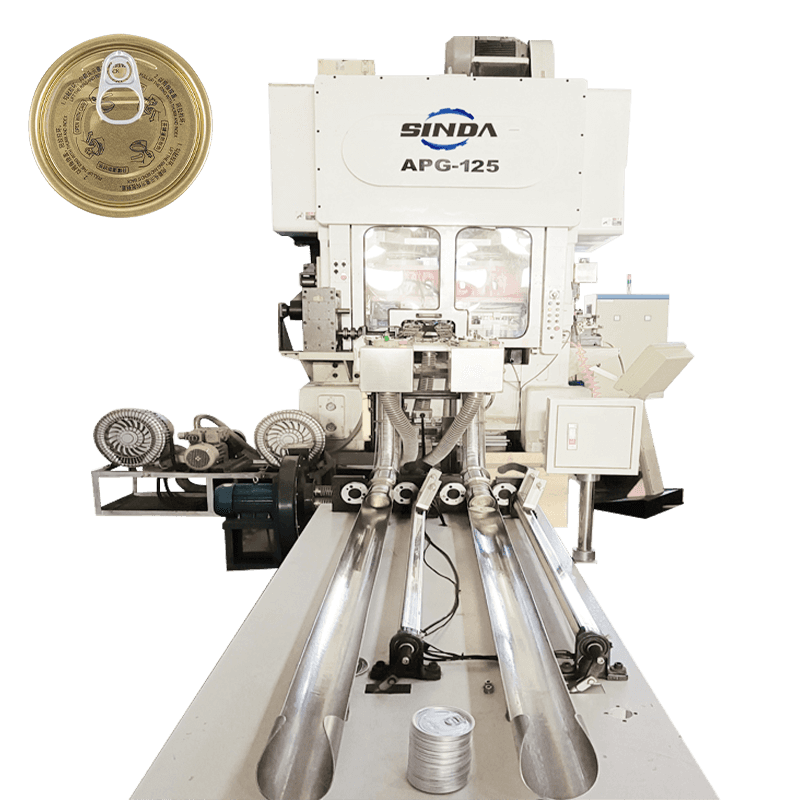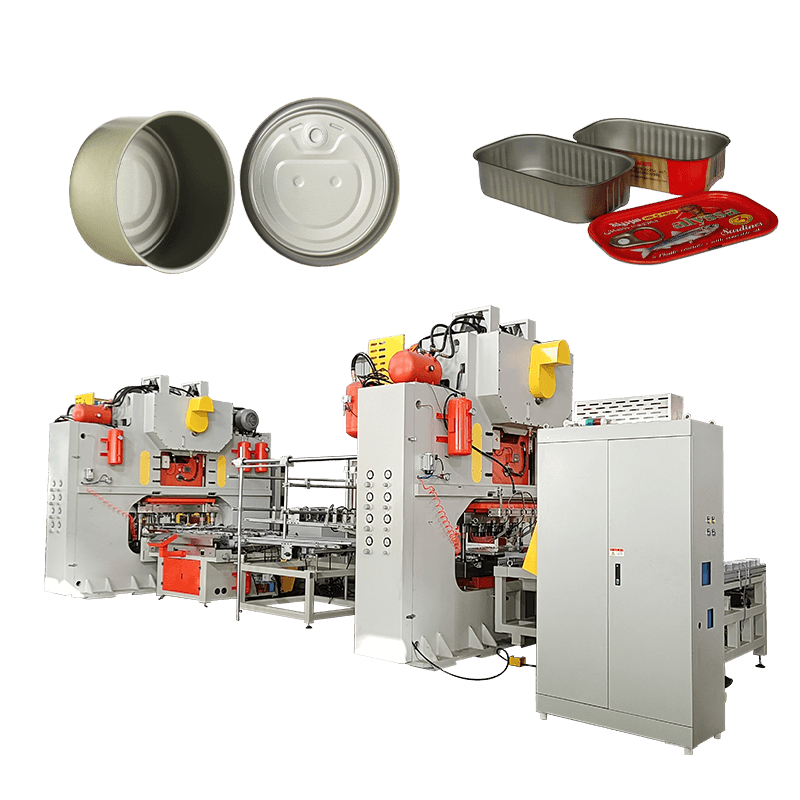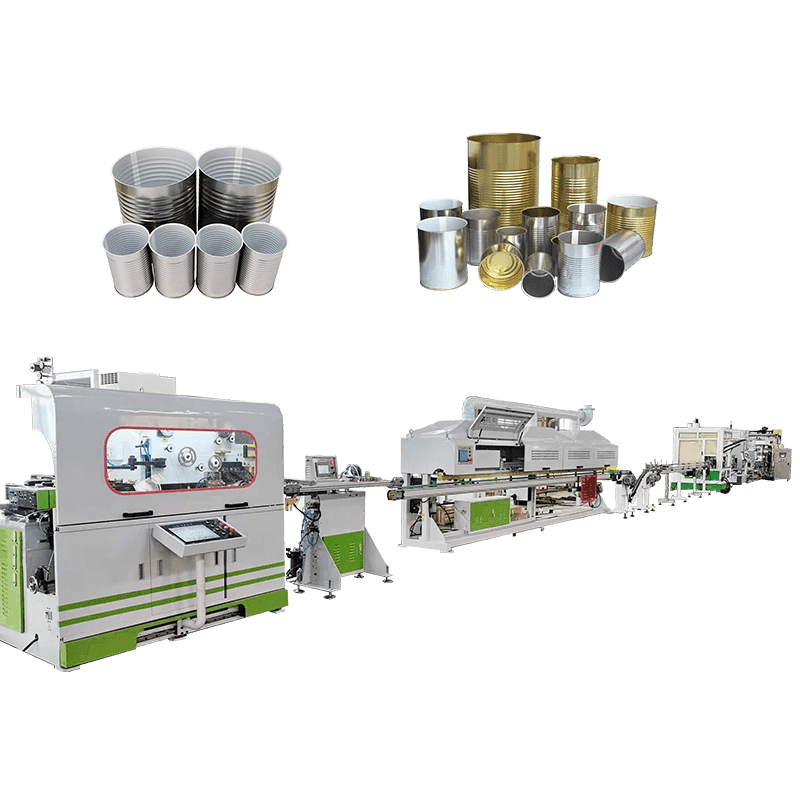Introduction to the Two-Piece DRD Can Production Line
The Two-Piece Deep Drawn and Ironed (DRD) can production line is a sophisticated and efficient manufacturing system that has revolutionized the canning process. It is widely used in the packaging of beverages, food, and various industrial products. The two-piece design involves creating a can body from a single piece of metal, which is deep-drawn into the required shape, and then ironed to provide the desired thickness and integrity. Unlike traditional three-piece canning methods, the two-piece design eliminates the need for a separate bottom and body, offering several production benefits.
lrriRich, established in 1978, is a leading manufacturer specializing in water-saving technology and high-performance irrigation components. With a strong presence in the international market, the company has expanded its expertise to various manufacturing solutions, including can production technology. As part of its commitment to innovation, lrriRich is dedicated to providing advanced, cost-effective solutions, making it a trusted partner in industries ranging from agriculture to packaging.
Reduced Material Usage and Waste
One of the primary advantages of the two-piece DRD can production line is its ability to minimize material waste. Unlike the traditional three-piece can, which consists of a separate body, bottom, and lid, the two-piece DRD method requires only a single sheet of metal, which is then drawn into the shape of the can body. This streamlined production process eliminates the need for a separate bottom piece, reducing material consumption and waste.
The process begins with a flat sheet of metal, which is fed into the deep-drawing machine. The machine uses a punch to form the can body, drawing it into shape without requiring additional seams or joins. This method reduces the material wastage that is typically seen in the three-piece can production process, where excess metal is trimmed and discarded during the assembly of the body and bottom pieces.
The reduction in material waste not only contributes to the overall efficiency of the production line but also aligns with sustainability goals. Fewer raw materials are needed, and less waste is generated, which helps to reduce environmental impact. As a company focused on sustainability, lrriRich emphasizes the importance of adopting technologies that reduce material usage and promote eco-friendly practices.
Enhanced Automation and Reduced Labor Costs
The two-piece DRD can production line is highly automated, which greatly improves production efficiency. Automated systems are used for various stages of the production process, including metal feeding, drawing, ironing, and trimming. The use of robotics and automated equipment reduces the reliance on manual labor and minimizes the potential for human error.
In contrast, traditional three-piece can production often requires more manual intervention, especially in the assembly and welding of the bottom and side seams. The additional manual steps in the traditional process increase labor costs, time, and the potential for defects.
With the automated systems employed in the 2-piece DRD can production line, the entire process becomes faster and more accurate. This leads to higher throughput, as more cans can be produced in a shorter time frame. Additionally, the automation reduces the risk of product defects, ensuring that each can meets the required quality standards. The result is a more cost-effective production process with reduced labor expenses.
Higher Production Speed and Throughput
The two-piece DRD can production line is designed to achieve high production speeds, allowing for increased throughput compared to traditional methods. The deep-drawing and ironing process used in the two-piece method is faster than the more complex assembly and welding steps required in the three-piece method. The high-speed operation of the two-piece line allows manufacturers to produce a greater number of cans in the same amount of time, increasing overall productivity.
The continuous feeding and processing of metal sheets into the deep-drawing machine ensures that production remains uninterrupted, maximizing efficiency. Additionally, the reduced number of production steps in the two-piece method means that there is less time spent on switching between different phases of production. This leads to a smoother workflow and a more efficient production environment.
Manufacturers can meet higher demand levels and improve their output without investing heavily in additional machinery or labor. The increased production speed also reduces the lead time for order fulfillment, allowing companies to respond more quickly to market needs.
Cost Savings and Energy Efficiency
Cost reduction is a key factor that drives the adoption of the two-piece DRD can production line. The lower material usage, reduced labor costs, and increased automation all contribute to significant cost savings in the production process. However, one of the most impactful areas where the two-piece DRD can production line improves efficiency is in energy consumption.
The energy requirements for the two-piece production line are typically lower than those for traditional methods. The deep-drawing and ironing processes in the two-piece system are more energy-efficient, as they use less heat and power than the welding and joining processes involved in the three-piece method. This reduction in energy consumption translates to lower operational costs, which can have a significant impact on the overall cost of production.
Additionally, the two-piece DRD can production line is often designed with energy-saving features, such as advanced control systems and optimized equipment that minimize energy waste. These features further enhance the overall efficiency of the production line and contribute to the cost-effectiveness of the operation.
Improved Can Quality and Consistency
Another advantage of the two-piece DRD can production line is the ability to produce high-quality cans with consistent dimensions and strength. The deep-drawing process used in the two-piece method ensures that the can body is formed from a single piece of metal, which results in a more uniform product. This consistency is crucial in the packaging industry, where uniformity and strength are essential for both functionality and aesthetics.
In contrast, the three-piece method, which involves welding or joining different parts, can sometimes lead to variations in the seams and edges, which may affect the overall quality of the can. The welding process can also result in the introduction of defects, such as weak spots or irregularities in the seam, which can compromise the structural integrity of the can.
With the two-piece DRD can production line, the absence of seams and joints in the body reduces the likelihood of defects and ensures a stronger, more durable can. The consistent quality of the cans produced on the two-piece line also reduces the need for rework or quality control interventions, further improving production efficiency.
Flexibility and Customization Options
The two-piece DRD can production line offers greater flexibility and customization options compared to traditional canning methods. Manufacturers can produce a wide range of can sizes, shapes, and designs using the same production line, thanks to the versatility of the deep-drawing and ironing processes. This flexibility allows companies to cater to different customer requirements and market demands without the need for extensive retooling or downtime.
For example, the two-piece DRD can production line can accommodate cans of various diameters, heights, and wall thicknesses, allowing manufacturers to produce both small and large cans with ease. This adaptability makes the two-piece method ideal for industries that require customized packaging, such as the food and beverage industry.
The two-piece production line can easily be integrated with other systems, such as printing or labeling machines, to provide a fully automated production solution. This integration allows for faster and more efficient production, with minimal human intervention.

 English
English عربى
عربى русский
русский




